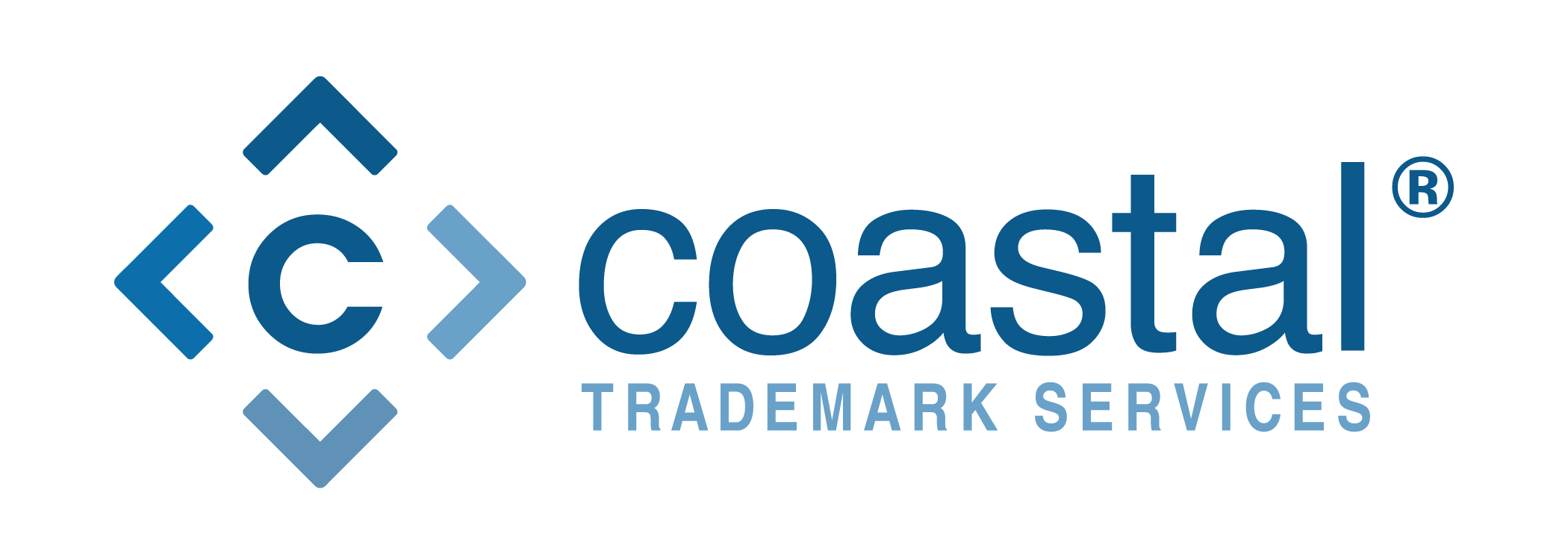
Marking: What Those Symbols Mean and When to Use Them
Trademark marking refers to the use of symbols or other designations to indicate trademark rights. We have all seen symbols such as ™ and ® on products and advertising, but what is not always clear is the distinctions between them, and when they should and should not be used.
1) Types of Designations
The following are examples of symbols often seen in Canada:
| Symbol | Meaning |
| TM | Trademark |
| MC | Marque de commerce |
| SM | Service Mark |
| ® | Registered Trademark |
| MD | Marque Déposée |
- TM (Trademark)
May refer to a registered or unregistered trademark, whether or not an application has been filed.
- MC (Marque de commerce)
French language equivalent of the ™ symbol. Commonly used in Québec. May refer to a registered or unregistered trademark, whether or not an application has been filed.
For packaging and advertising that is used in English and French speaking markets, it is not uncommon to see both English and French symbols, e.g. ABCTM/MC
- SM (Service Mark)
More common in the United States. May refer to a registered or unregistered trademark used with services, whether or not an application has been filed.
- ® (Registered Trademark)
Should only be used after a mark has registered, and only in relation to goods and services covered by the registration.
- MD (Marque Déposée)
French language equivalent of the ® symbol. Commonly used in Québec. Should only be used after a mark has registered, and only in relation to goods and services covered by the registration.
The above symbols should appear immediately following the trademark. Trademark rights can also be designated in footnotes or ownership legends, e.g.
ABC is a registered trademark of ABC Inc.
This is often preferred when the above symbols would be considered cumbersome or aesthetically displeasing.
2) What are the Canadian Requirements With Respect to Trademark Marking?
Simply put, the use of trademark symbols is not compulsory in Canada. The Trade-marks Act does not contain any requirements with respect to trademark marking. There is currently no legal obligation to use the above symbols, nor any legal repercussions for misusing them in Canada. That said, the above-mentioned trademark symbols are widely recognized in practice in Canada, and making proper use of them is advisable, for the reasons stated below.
3) Purpose of Trademark Marking
• Alerts the public to your trademark rights – puts third parties who may be considering adopting the same or similar marks on notice. In addition to serving as a deterrent to potential infringers, this public notice will, in some countries, entitle the mark owner to additional remedies in litigation.
• Shows that mark is not being used generically
• Set trademark content apart from surrounding text or graphic elements – This is useful when a mark is used in close proximity to other elements, to clearly identify the subject matter covered by a trademark.
4) International Considerations
Although Canada has no marking requirements, brand owners who do business in other countries need to be aware that marking laws will vary by country.
Some countries require that trademarks be properly identified as registered in order to be entitled to certain legal remedies. For example, in the United States, failure to give notice of the registered status of a trademark may limit the ability to recover damages and profits in an infringement suit.
Further, in some countries, false or misleading marking can result in claims of unfair competition, fines, and even imprisonment.
In the United States, improper use of the federal registration symbol ® that is deliberate and intended to deceive or mislead the public is fraud (TMEP §906.04). Thus, if a business is using the same marketing collateral in both Canada and the United States, but only has a trademark registered in Canada, the safest approach is to use the ™ symbol until such time as the mark has registered in the United States.
Although the ® is commonly used around the world, other symbols may be more appropriate in certain regions. For example, M.R. (“Marca Registrada”) is used in many Spanish and Portuguese speaking nations.
Because of these international differences, advertising and packaging may need to be customized to comply with local marking requirements. Since websites may be accessed from anywhere in the world, it may be advisable to have regional websites with a marking strategy tailored for each country.
It is best to consult with your Trademark Agent if you have questions concerning marking requirements in specific countries.
